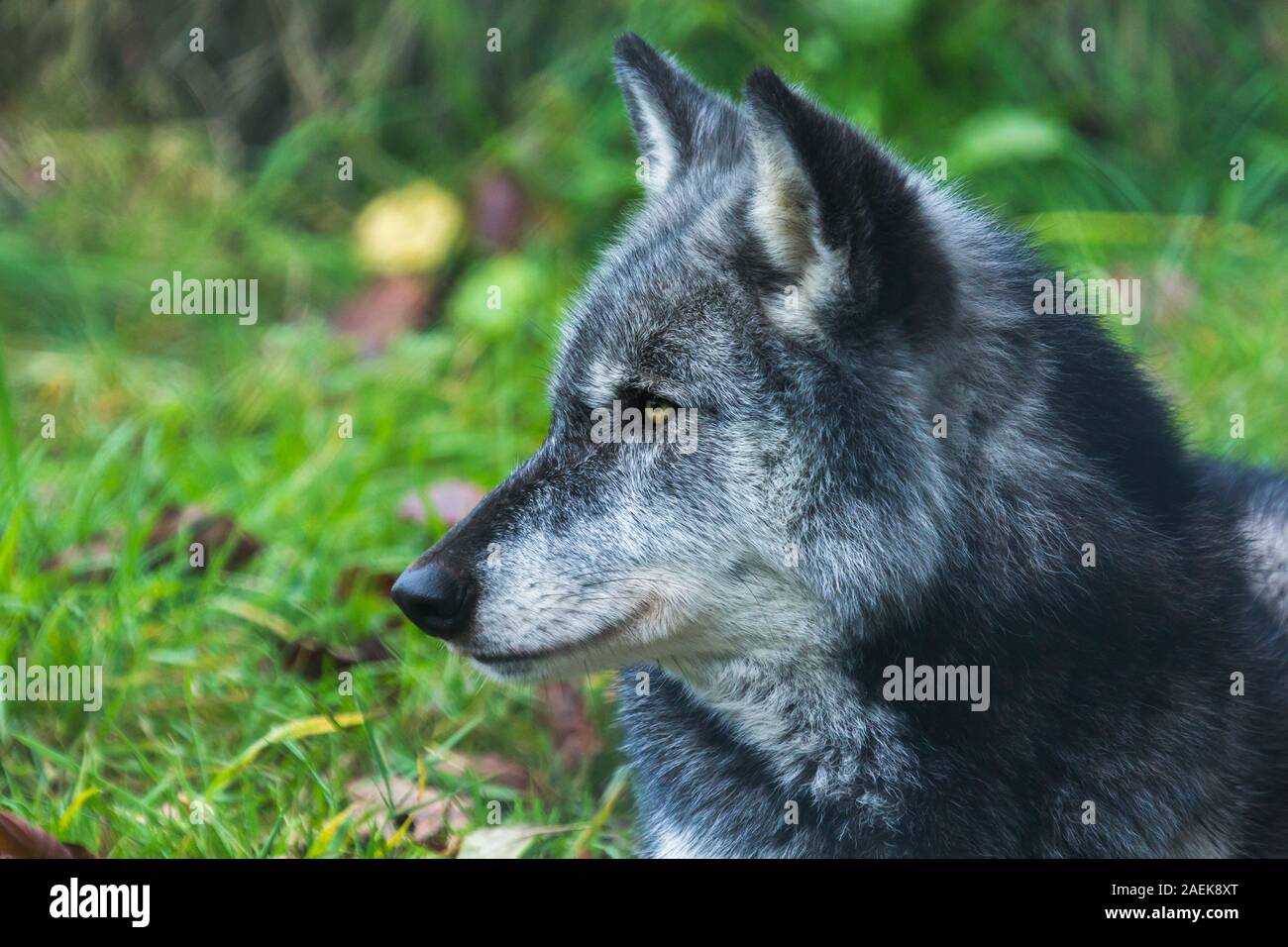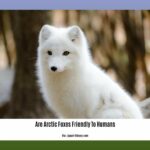This article delves into the captivating world of the Mackenzie Valley wolf (Canis lupus occidentalis), a subspecies of the gray wolf inhabiting the northwestern reaches of North America. From their physical adaptations to their crucial ecological role and the complex relationship they share with humans, we’ll explore the multifaceted aspects of this iconic animal. We’ll also examine the ongoing research that continues to shape our understanding of these magnificent creatures, and consider what the future holds for their survival.
Unveiling the Northwestern Wolf: Physical Prowess and Adaptations
The Mackenzie Valley wolf, also known as the Northwestern wolf, is a creature of impressive stature. Their thick fur, ranging in hue from pristine white to a shadowy black, serves as both camouflage and crucial insulation against the frigid temperatures of their northern domain. This remarkable adaptability allows them to blend seamlessly into snowy tundra, dense boreal forests, and rugged mountain terrain. [https://www.lolaapp.com/bobcat-housecat-mix] These wolves are significantly larger than other gray wolf subspecies, with females in British Columbia averaging 93.6 pounds. Males, even more imposing, likely exceed this weight, a characteristic thought to be advantageous for hunting the large prey that sustains them.
The Wolf’s Role: A Balancing Act in the Ecosystem
These apex predators primarily feast on large ungulates such as moose, caribou, and deer. Their predatory role is far from simple; it’s a vital component of ecosystem balance. By regulating prey populations, Canis lupus occidentalis prevents overgrazing, which in turn allows vegetation to flourish, supporting a diverse array of plant and animal life. Their presence suggests a delicate ecological equilibrium, and removing them could trigger a cascade of unforeseen consequences.
Navigating the Human-Wolf Dynamic: A Complex Relationship
The history of the Northwestern wolf is intertwined with human narratives, marked by both conflict and coexistence. Persecuted for centuries, often viewed as competitors for resources or threats to livestock, these wolves are now increasingly recognized for their ecological importance. Ongoing conservation efforts reflect this shift in understanding, but the challenge of balancing human needs with wolf conservation persists. This complex issue is further complicated by factors like climate change, habitat loss, and the intricate interplay between predator and prey. Some experts believe that focusing on coexistence is paramount for the wolf’s long-term survival, while others emphasize the need for carefully managed populations.
Securing the Future: Protecting a Northern Legacy
The Canis lupus occidentalis, from the Yukon’s towering peaks to the vast boreal forests spanning Canada, embodies the wild spirit of the north. Their story underscores the interconnectedness of all living things and the delicate balance of nature. The future of these wolves rests on our collective actions. Supporting continued research, implementing responsible wildlife management practices, and cultivating a deeper appreciation for these iconic animals are crucial steps toward ensuring their survival. What legacy will we carve for future generations?
What is the Lifespan of a Canis lupus?
Wolves in the wild, particularly the North American gray wolf (Canis lupus occidentalis), face a constant struggle for survival, resulting in a surprisingly short lifespan. While a lucky few may reach 13 years, the average lifespan is typically a mere 5 to 6 years. This stark reality underscores the multitude of challenges these animals confront daily, from evading predators and battling diseases like mange to navigating territorial disputes and the ever-increasing impact of human activities. While habitat destruction and hunting undoubtedly contribute to their shortened lifespans, the full extent of human impact on wolf longevity is still an area of active research. In contrast, wolves in managed care, with access to regular veterinary care and a consistent food supply, may surpass 15 years, highlighting the intense pressures they face in their natural habitat. This disparity underscores the importance of ongoing research and conservation efforts. Factors such as geographic location and prey availability likely contribute to variations in lifespan, even within different Canis lupus subspecies. [https://www.lolaapp.com/black-mouth-cur-pitbull-mix]
What is the Biggest Wolf Ever?
The title of “biggest wolf ever recorded” belongs to a male Northwestern wolf (Canis lupus occidentalis) caught in Alaska in 1939, tipping the scales at a staggering 175.5 pounds. This record, however, doesn’t preclude the possibility of even larger wolves existing in the vast, unexplored wilderness. The Northwestern wolf’s impressive size is likely an adaptation to both their harsh environment, where a larger body mass aids in heat conservation, and the abundance of large prey like moose and elk. While other subspecies, such as the Eurasian wolf (Canis lupus lupus) and the Tundra wolf (Canis lupus albus), also attain considerable sizes, the Northwestern wolf typically outweighs them. This difference probably reflects variations in prey availability and environmental conditions, though further research is needed to fully understand these factors. The possibility of undiscovered giants, combined with ongoing research into the interplay of genetics, environment, and human influence, keeps the question of maximum wolf size an area of ongoing fascination.
How Long is a Canis lupus occidentalis?
The Northwestern wolf (Canis lupus occidentalis), a formidable predator of western Canada and Alaska, can reach an impressive length of up to 7 feet—about the size of a small car! Standing approximately 36 inches tall at the shoulder, these wolves are powerfully built, with males typically reaching weights of up to 115 pounds. Their thick fur, varying in color from white to black, provides both insulation and camouflage in their diverse habitats. Beyond their impressive physical attributes, these apex predators play a critical role in their ecosystem. By preying on large ungulates like elk, moose, and caribou, they help regulate prey populations and maintain the delicate balance of their environment. While their potential lifespan in the wild is 8-13 years, factors like disease and human interference can significantly impact their longevity. Ongoing research continues to shed light on the complex lives of these magnificent creatures and informs conservation efforts crucial to their survival.
- China II Review: Delicious Food & Speedy Service - April 17, 2025
- Understand Virginia’s Flag: History & Debate - April 17, 2025
- Explore Long Island’s Map: Unique Regions & Insights - April 17, 2025
















